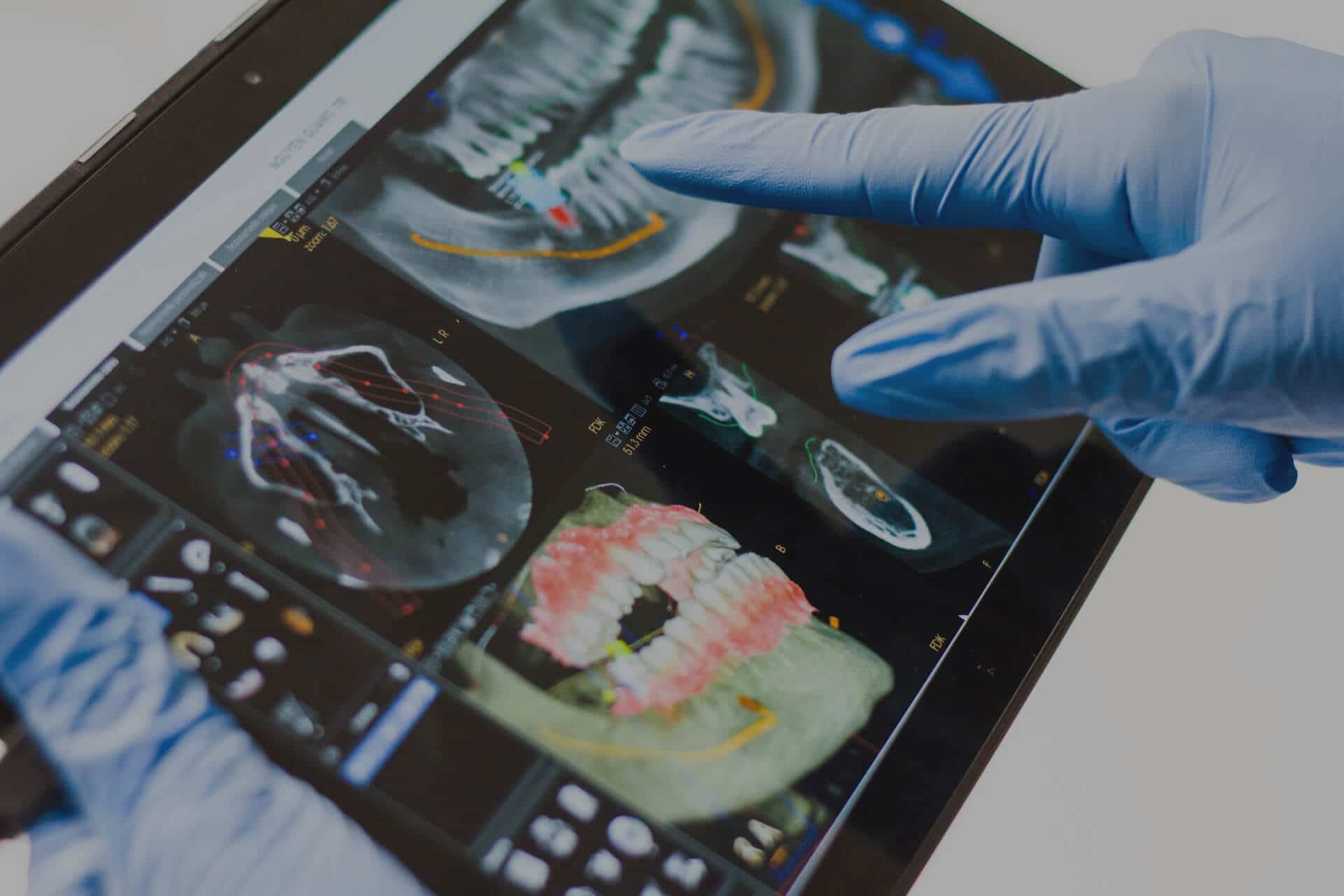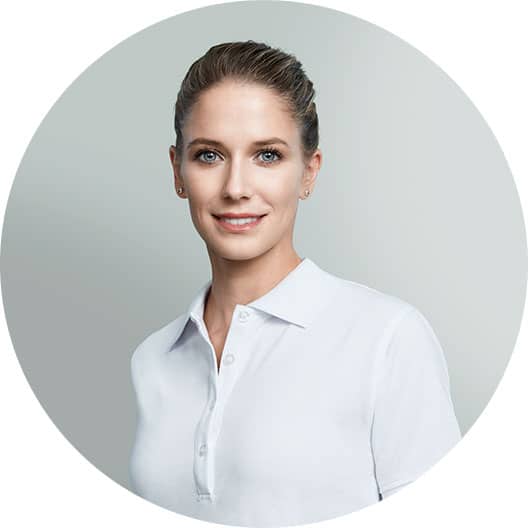
Braces for Adults: Everything You Need to Know from Age Limits, Types, and Length of Treatment
A while back, braces used to be used mainly by kids. However, nowadays, it’s common for adults to look for an orthodontist to put them on to correct small or big teeth misalignment.
If you are an adult considering putting them on, you might have some questions before scheduling a dentist appointment. First, it’s normal to feel insecure since there are many options available, and they all vary in price, material, length of treatment time, and age.
Most patients come to our office asking the same questions: is there an age limit to get braces? What kind should I get, invisible or fixed braces? How long will the treatment last? Can I use Invisalign?
This is why in this blog post, I will answer all your questions about braces for adults to help you make a well-informed decision!
What Are Braces, and How Do They Work?
Braces are orthodontic devices that are designed to straighten teeth and improve the way they fit together, usually treating typical malocclusions, like crowded teeth, open bite, gap teeth and others. In general terms, they work by gradually moving your teeth in the desired direction with gradual pressure applied over time until the treatment is over.
The treatment needs to be performed with an orthodontist who will monitor the progress and make adjustments to reach the desired result.
The traditional braces are made of metal brackets that have been bonded to your teeth on either side, with archwires running through them, pulling your teeth in one direction or another depending on what needs to be corrected. In addition, there is typically a rubberized wire connecting each bracket that wraps around the front of your teeth and attaches to a bracket on the other side.
However, there are other options, like Invisalign, a system of braces in which there are no metal brackets, only clear plastic aligners.
What Are the Options Available for Adults?
There are a few braces that adults can wear to fix their teeth. Some options available for adults include metal, ceramic, and lingual braces, as well as clear aligners. We will go more into detail about each type below.
Metal Braces
These are the most popular type of braces there is. It consists of brackets with bands attached on either side (usually one band per tooth). They come in various colors, and the bands can be changed if desired.
Metal braces are not removable, so you don’t need to worry about remembering to put them on – like you would with clear aligners like Invisalign. Moreover, if you opt for this kind of aligner, you need to go to the dentist to adjust the wires.
Since they are usually cheaper and more visible, they are more popular among kids and teenagers.
The length of the treatment with this kind of aligner usually lasts from six months to two years, depending on the case.
Pros: No need to worry about forgetting to put them on; no change in your speech; one of the most affordable methods for teeth alignment.
Cons: They can cause pain as it pulls teeth in different directions; it’s very visible; more challenging to brush your teeth and floss.
Ceramic Braces
Ceramic braces are a more expensive option, but they do not show as much in the mouth – they are the same color as your teeth. They work like the metal kind except that instead of bands, they have brackets with small posts attached, which helps move teeth without creating noticeable spaces between them.
This is an ideal choice for adults who want a more discreet option and hate bulky braces and, for some reason, don’t want to use lingual aligners or Invisalign.
Since the orthodontist also needs to make adjustments on the wires, you will need to go to the dentist often to adjust them, so they keep moving your teeth to the proper position.
If you’re considering this option, you should know that this treatment typically can last from 18 months to two and a half years. But, of course, how long you’re going to use them depends on the complexity of your problem.
Pros: Discreet and less noticeable.
Cons: Slightly more expensive than metal braces and might stain depending on your diet.
Lingual Braces
Lingual braces are placed behind your teeth; therefore, they are not visible on the outside. Unfortunately, even though they are discreet, this treatment is not the most common since not every orthodontist masters the technique.
In any case, this type of treatment offers excellent results and is the perfect option for adult braces since the brackets can’t be seen by anyone – unless someone looks right into your mouth.
Although they’re hard to spot on the outside of teeth, a dentist is needed for adjustments and fittings. You’ll also need some time to adapt since the internal brackets might cause some irritation in your tongue or even some changes in your speech.
These aligners can be an affordable choice if you want to put them on without anyone knowing about them.
This kind of orthodontic treatment usually lasts from one to three years, depending on how severe the misalignment is.
Pros: Discreet and efficient
Cons: Can’t be removed by the patient, possible tongue irritation and speech changes.
Clear Aligners
Clear aligners are the best orthodontic treatment for adults who want a versatile and almost invisible solution to straighten their teeth. They make it very easy for you to brush and floss your teeth and usually require fewer and shorter dentist appointments.
This type of aligners has become popular with Invisalign, which is a brand of clear aligners. They are an excellent solution for adults who want to straighten their teeth without anyone noticing brackets.
Clear aligners work just like braces, and they will make your teeth gradually move into the correct position over time. They can be worn by those aged 18 years or older.
However, this is not an option for everyone. If you have more complex problems like jaw misalignment, clear aligners won’t work for you.
They are recommended for moderate or mild orthodontic problems like an overbite or open bite, or misaligned teeth. These are also perfect for those who have already used braces before and need to touch up their smile.
The best part about this kind of aligner is that they give you the freedom to choose when you’re going to use them – considering you have to wear them for a fixed number of hours every day.
Regarding the length of the treatment with Invisalign, it typically lasts from 12 to 18 months, but you usually start noticing the results in only a few weeks.
Pros: one of the best braces for adults due to its flexibility; almost invisible; less and shorter dentist appointments; might act faster than braces in some cases.
Cons: only recommended for people with orthodontic problems that are not too severe; since you can take them off, you might forget to put them back on; one of the most expensive methods.
Is There an Age Limit to Start Your Treatment?
There is no age limit for braces, as long as your teeth and gums are healthy. In fact, every year, more and more adults get their teeth straightened.
However, the type of braces you use will depend on how old you are and on your requirements. For example, adult braces are often more comfortable and practical than the traditional metal ones for children or teenagers.
What might be a little more challenging the older you get is having gum diseases, bone loss, crowns, fillings, and others. However, these are nothing you can’t work through.
One more aspect to consider is that your teeth might move slower depending on your age, but the difference is not so big. Still, since most adults have more mild misalignments than kids or teenagers, you might as well have a really fast treatment.
How Can You Know if You Need Braces?
You might need braces if you have an overbite or underbite that needs correction. You might also experience pain when biting down or having a hard time chewing food due to tooth alignment issues.
Other signs that you might need them are if you have crooked or crowded teeth, have problems flossing, bite your tongue or the insides of your mouth often, have speech problems, or your jaw is making noises or seems misaligned.
However, even if your teeth are not causing you any health problems, you can still get your teeth aligned. Nowadays, several adults come to the office looking to have straight teeth and a perfect smile even if they don’t experience any discomfort from their misalignment.
Moreover, if you’re still in doubt if you should get braces or not, and if you have questions about the treatment and the best option for you, we highly recommend you talk to your orthodontist or book an appointment with us to answer all your questions and start your treatment.

Dr. med. dent. Barbara Scheiner
Dr. med. dent. Barbara Scheiner, specialist in orthodontics (CH), successfully completed her doctorate in Zurich in 2013. She has fulfilled her dream of many years. Through the university specialist training also in Zurich, she specialized as an orthodontist and has been certified since 2017 after successfully passing the exam as a “Specialist in Orthodontics Switzerland”.
She has been the owner of the practice We Love Smiles Orthodontics Zurich AG since 2018. She applies her knowledge successfully and with great dedication in her practice. Her specialty is correcting the position of teeth in children and adults.
Customer satisfaction and professionalism always come first. She is extremely careful and gentle, so that even the smallest patients feel comfortable with her.
